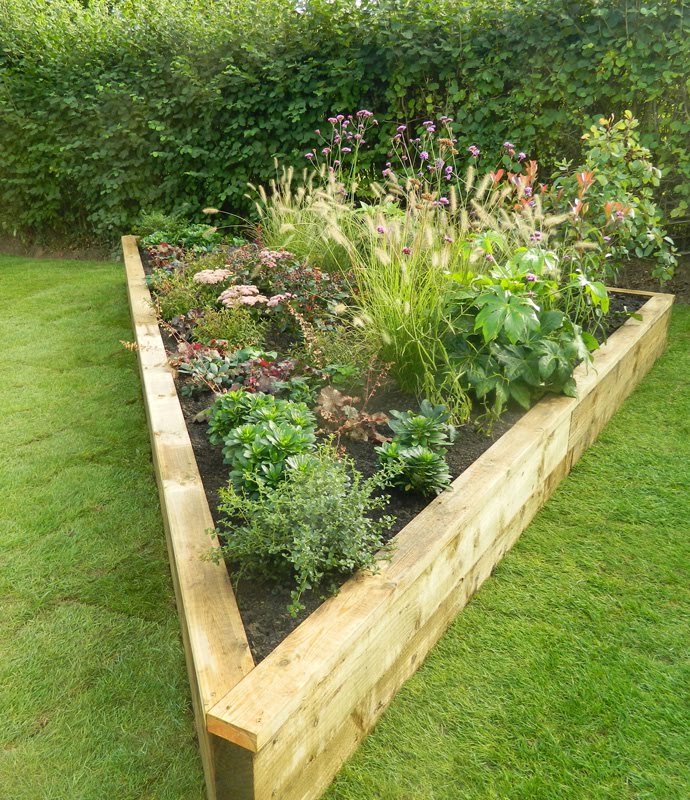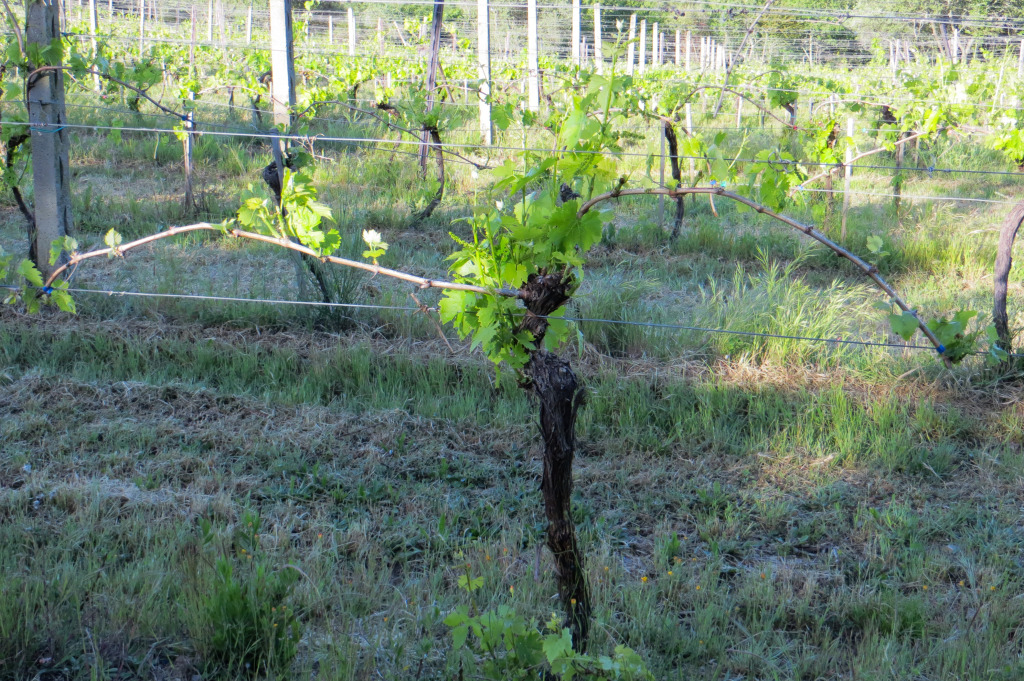Since we tried growing our own tomatoes, chilies and herbs in Johannesburg, we decided that at Live-Bio one of the first things we will do is start a vegetable and herb garden. We knew the location was fantastic for it, as the soil in the area is known to be very fertile and we get plenty sunny days during the year, so it clearly was meant to be! After having read a bit on this topic, we found these top 7 recommendations by Organic Gardening to be the most valuable:
Build up your soil
The best way to achieve that is through making raised beds, which can yield up to 4 times more than the same amount of space planted in rows. Raised beds are also very time efficient as plants grow close enough together to shade out competing weeds. That means less time spent on weeding.
Round out your beds
Raised beds are more space-efficient if the tops are gently rounded to form an arc, rather than flat. Apparently lettuce, spinach and other greens are perfect crops for planting on the edges of rounded beds.
Space smartly
Planting in triangles is recommended as the most efficient technique as it can help fit up to 14% more plants in each bed. Just be careful not to space the plants too tightly as some of them won’t reach their full size or yield when crowded.
Grow up
You can grow more by growing vertically. The space-hungry vining crops such as tomatoes, beans, peas or squash should be grown straight up with the use of trellises, fences or stakes.
Mix it up
Try interplanting compatible crops, which also saves space. Some of the compatible crops include: tomatoes, basil, and onions; leaf lettuce and peas; carrots, onions, and radishes; beets and celery.
Succession planting
This allows you to grow more than one crop in a given space over the course of a growing season. That way, you will be able to harvest three or even four crops from a single area!
Stretch your season
Adding a few weeks to each end of the growing season can buy you enough time to grow yet another succession crop. In order to achieve this, you should keep the air around your plants warm, even when the weather is cold, by using mulches, cloches, row covers, or cold frames.
Let’s see what happens when our vegetable garden starts taking its shape and we can start picking the first fresh tomatoes, cucumbers, olives and courgettes. And wait till you taste our Greek salad made out of these homegrown veggies with a dash of organic olive oil sourced from the local farmers! Taste of Heaven!




